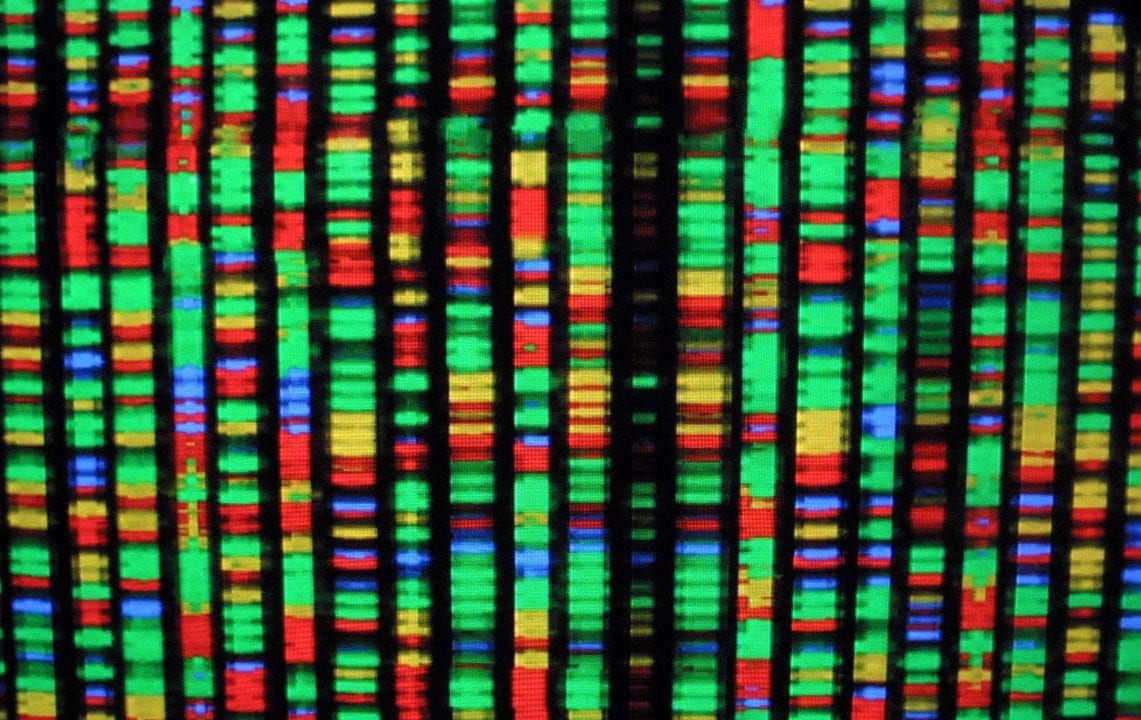James D. Watson, Andrew Berry and Kevin Davies, Time Magazine
Oct 12, 2017
In January 2014, the then-CEO of Illumina, Jay Flatley, caused a stir at a major healthcare conference in San Francisco when he announced that his company was about to make history by delivering “the $1,000 genome”. For the first time, scientists could piece together the complete sequence of an individual’s genetic code — the 3 billion letters of DNA that make up the human genome — for little more than the cost of a smartphone.
Flatley’s stunning proclamation capped a decade of extraordinary advances in DNA sequencing technology coupled with plummeting costs. The original Human Genome Project, which I helped launch in 1990, took ten years to prepare the first rough draft of a human genome, involved thousands of dedicated scientists worldwide and cost on the order of $2 billion. When I had my own personal genome sequenced in 2007 by Jonathan Rothberg’s company, 454 Life Sciences — one of a handful of “next-generation” DNA sequencing biotech companies — the price tag had reassuringly dropped to about $1 million. Now, Illumina’s new flagship instrument — the HiSeq X Ten — could sequence dozens of genomes in a few days for just $1,000 apiece.
Read More
